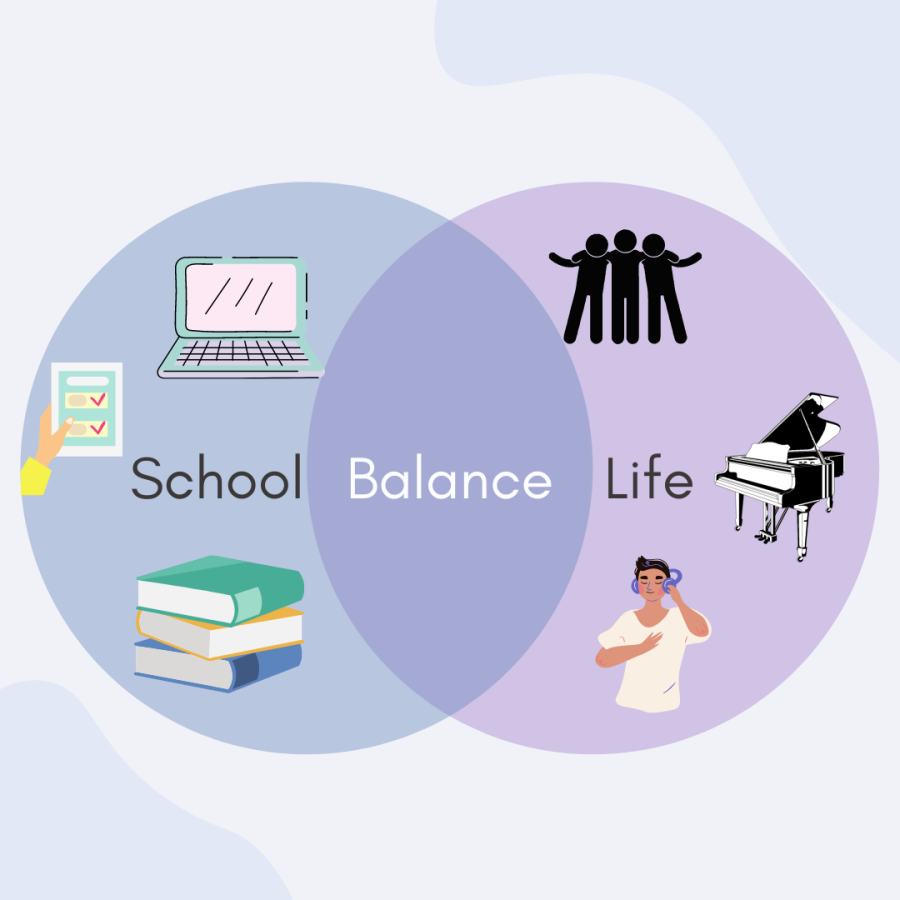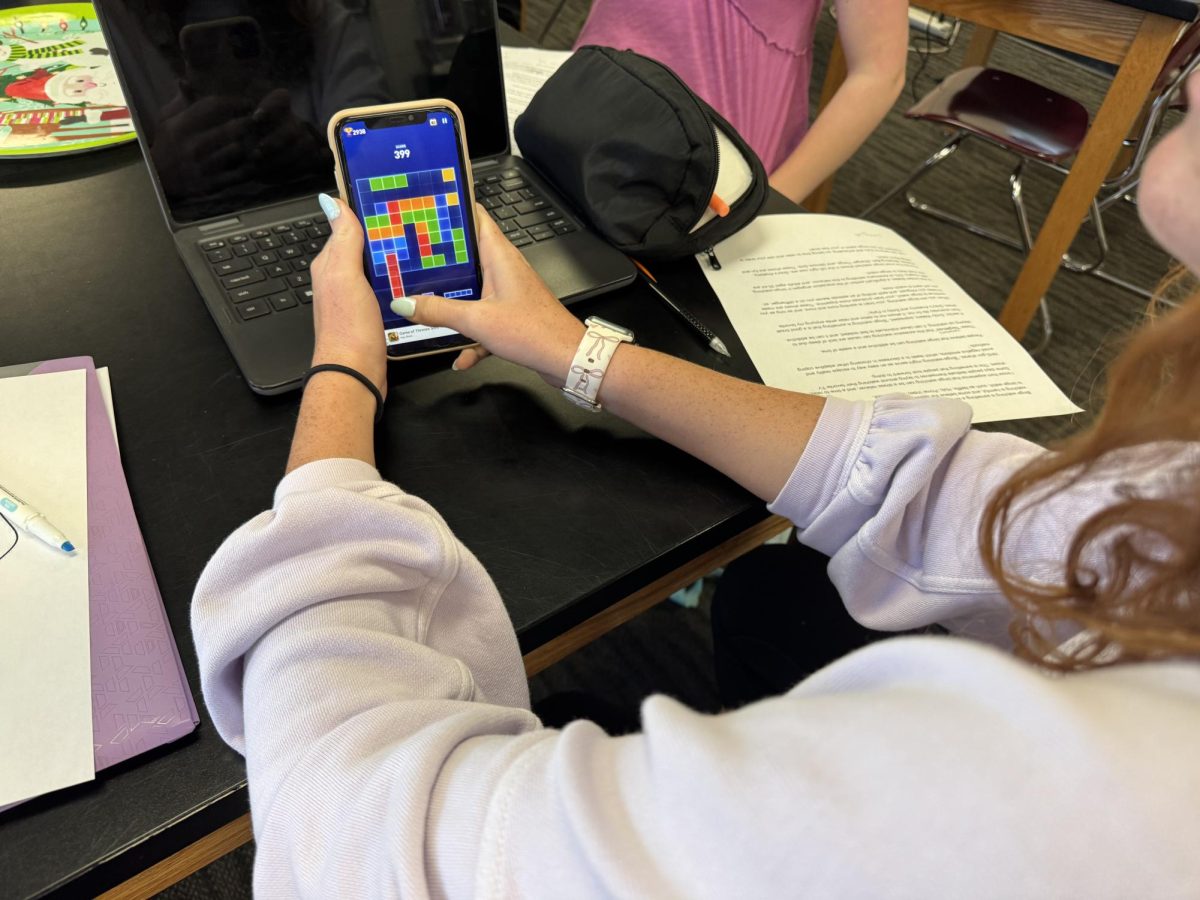National Diabetes Awareness Month
November 25, 2020
November was National Diabetes Awareness Month, and everyone needs to be aware of how it affects the everyday life of so many individuals and families. Diabetes is a disease that commonly gets overlooked or goes unnoticed. However, it is a very serious disease.
According to The American Diabetes Association, diabetes remains the 7th leading cause of death in the United States. 79,535 death certificates listed diabetes as the underlying cause and a total of 252,806 listed it has an underlying or contributing cause of death in 2015. 7.2 are thought to be undiagnosed.
There are three types of diabetes: Type 1, Type 2, and gestational diabetes.
Type 1 diabetes is a chronic condition in which the pancreas produces little or no insulin. Medication can be taken medication to help through type one diabetes but there is no cure for it. Some symptoms for type one diabetes are urinating often, feeling very thirsty and hungry, extreme fatigue, blurry vision, cuts and bruises that heal slowly, and unexplained weight loss.
Type 2 diabetes is also a chronic condition but it affects the way the body processes blood sugar. Just as Type 1, Type 2 diabetes can last an entire lifetime. However, there are medications to make the disease easier to manage and live with. Symptoms include increased thirst, frequent urination, hunger, fatigue, and blurred vision, but in some cases, there may be no symptoms.
A third type of diabetes if gestational diabetes. Gestational diabetes affects pregnant women. The hormones cause the women’s blood sugar to increase causing them to have diabetes. In most cases of gestational diabetes, there are no symptoms, but when symptoms occur they include frequent urination, fatigue, nausea, and blurred vision.
One of our school nurses, Rebecca Chambers, states “We do have diabetic students here at Carolina Forest. Some have learned to manage it very well and others we are still teaching the best ways to manage diabetes.”
All three types of diabetes have very similar symptoms. If you experience any of these symptoms, you should be sure to contact your doctor to ensure if and what type of diabetes you have. If not treated, diabetes can be very harmful to ones body. It is proven to be a major cause of blindness, kidney failure, heart attacks, strokes, and lower limb amputations. According to who.int, in 2016 an estimated 1.6 million deaths were directly caused by diabetes.
Whether they have it themselves or if family members have it, there are a number of people who are personally affected by diabetes. It can have a very big impact on families. According to cdc.gov family and friends support to those have diabetes can can help make the difference between a diabetic feeling empowered versus feeling overwhelmed.
Ann Twigg, one of our English teachers, has much experience with dealing with diabetes; her youngest daughter was diagnosed with Type 1 when she was only three-years-old.
“It was one of the most challenging events I have faced in my life. This was before the wonders of technology, and Elizabeth had to consistently be pricked with needles each day for sugar checks and insulin shots. There were days she would cry herself to sleep for being different and always having to deal with the challenges of eating and high/low sugars. We made sure that she had the most normal life possible and never allowed her to think she couldn’t do something just because she had a health condition,” shared Twigg.
To learn more about diabetes and even take a risk test, visit https://www.diabetes.org.
(A re-published article written by Lilly Hortis, a 2020 graduate who is a freshman at Clemson University.)




































